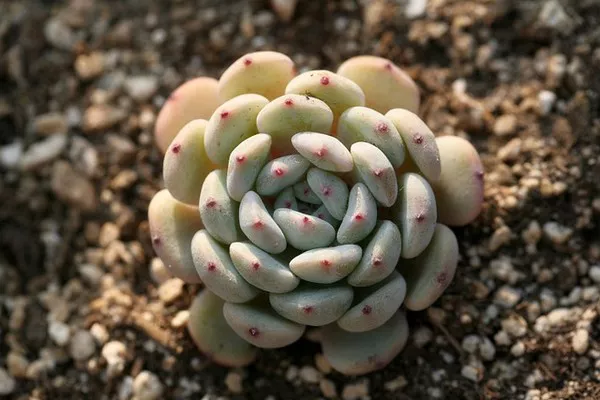Succulent plants have gained immense popularity due to their striking appearance and low maintenance requirements. One of the fascinating aspects of succulents is their ability to propagate easily, allowing enthusiasts to expand their collections without much hassle. Whether you’re a seasoned gardener or a novice plant parent, understanding the various methods of succulent propagation can be both rewarding and enjoyable. In this article, we’ll delve into the art of succulent propagation, covering everything from preparing cuttings to providing optimal conditions for root growth.
Preparing Succulent Cuttings for Rooting
Before delving into the intricacies of rooting succulent cuttings, it’s crucial to start with healthy specimens. Choose succulents that are free from pests, diseases, and any signs of stress or damage. Healthy leaves or stems make for successful propagation endeavors.
Once you’ve selected your succulent, it’s time to take cuttings. Depending on the type of succulent, you can utilize various propagation methods such as leaf cuttings, stem cuttings, or offsets. Leaf cuttings involve removing a healthy leaf from the parent plant, ensuring that it is intact and undamaged. Stem cuttings, on the other hand, entail snipping a section of the stem and allowing it to callus before planting. Offsets are small, genetically identical plants that sprout from the base of the parent plant and can be gently removed for propagation.
After taking the cuttings, it’s essential to allow them to callus before planting. This process involves letting the cut ends of the succulent cuttings dry and form a protective layer. Callusing prevents rotting and promotes successful root growth.
Creating the Ideal Rooting Environment
The success of succulent propagation heavily relies on providing the right environment for rooting. When it comes to potting mix, opt for a well-draining and gritty substrate. A blend of potting soil, perlite, and coarse sand works well for most succulents. Avoid using dense or water-retentive soils, as they can lead to root rot.
Choosing appropriate containers is equally important. Opt for pots or containers with drainage holes to prevent waterlogging, which is detrimental to succulents. Terra cotta pots are an excellent choice as they allow for airflow and moisture regulation.
Planting the Succulent Cuttings
When planting succulent cuttings, pay attention to the depth and spacing. Insert the cuttings into the potting mix just deep enough to provide stability without burying them too deeply. Space the cuttings adequately to allow for airflow and prevent overcrowding, which can lead to moisture retention and fungal issues.
After planting, it’s essential to water the cuttings gently. Use a spray bottle or a watering can with a fine nozzle to moisten the soil around the cuttings. Avoid overwatering, as succulents are susceptible to rot if their roots remain too wet.
Providing Optimal Conditions for Root Growth
Once the succulent cuttings are planted, it’s crucial to provide them with optimal conditions for root growth. Succulents thrive in bright, indirect light, so place the newly planted cuttings in a location with ample sunlight. However, avoid exposing them to direct sunlight, especially during the hottest part of the day, as this can cause sunburn.
Temperature and humidity also play vital roles in succulent propagation. Aim for temperatures between 65°F and 75°F (18°C to 24°C), which are ideal for root development. Keep humidity levels moderate, as excessive moisture can lead to fungal issues. Providing adequate airflow around the cuttings can help maintain optimal humidity levels.
Tips for Successful Succulent Propagation
Patience is key when propagating succulents. Root growth takes time, so be patient and avoid disturbing the cuttings unnecessarily.
Monitor the soil moisture levels regularly and water sparingly, allowing the top inch of soil to dry out between waterings.
Avoid fertilizing newly planted succulent cuttings until they have established a robust root system. Once rooted, use a diluted succulent fertilizer to provide essential nutrients.
Keep an eye out for signs of overwatering or underwatering, such as wilting or yellowing leaves. Adjust your watering schedule accordingly.
If you’re propagating succulents indoors, consider using a grow light to supplement natural sunlight, especially during the winter months when daylight hours are shorter.
Conclusion
In conclusion, succulent propagation is a rewarding and straightforward process that allows plant enthusiasts to expand their collections and share the beauty of these unique plants. By understanding the different propagation methods, preparing healthy cuttings, creating the ideal rooting environment, and providing optimal conditions for root growth, you can successfully propagate succulents with ease. With patience, care, and attention to detail, you’ll soon be rewarded with thriving succulent babies to adorn your home or garden.


